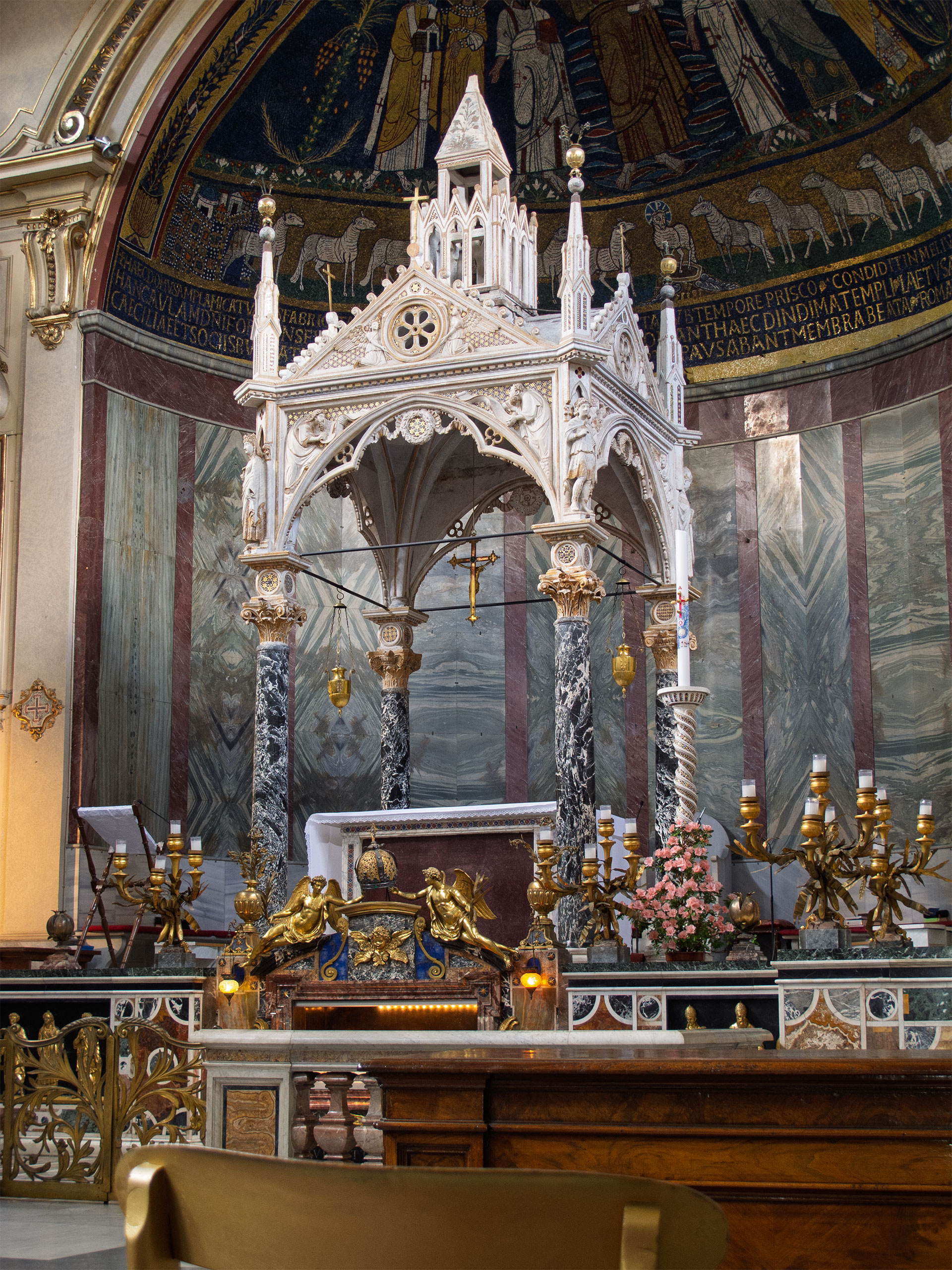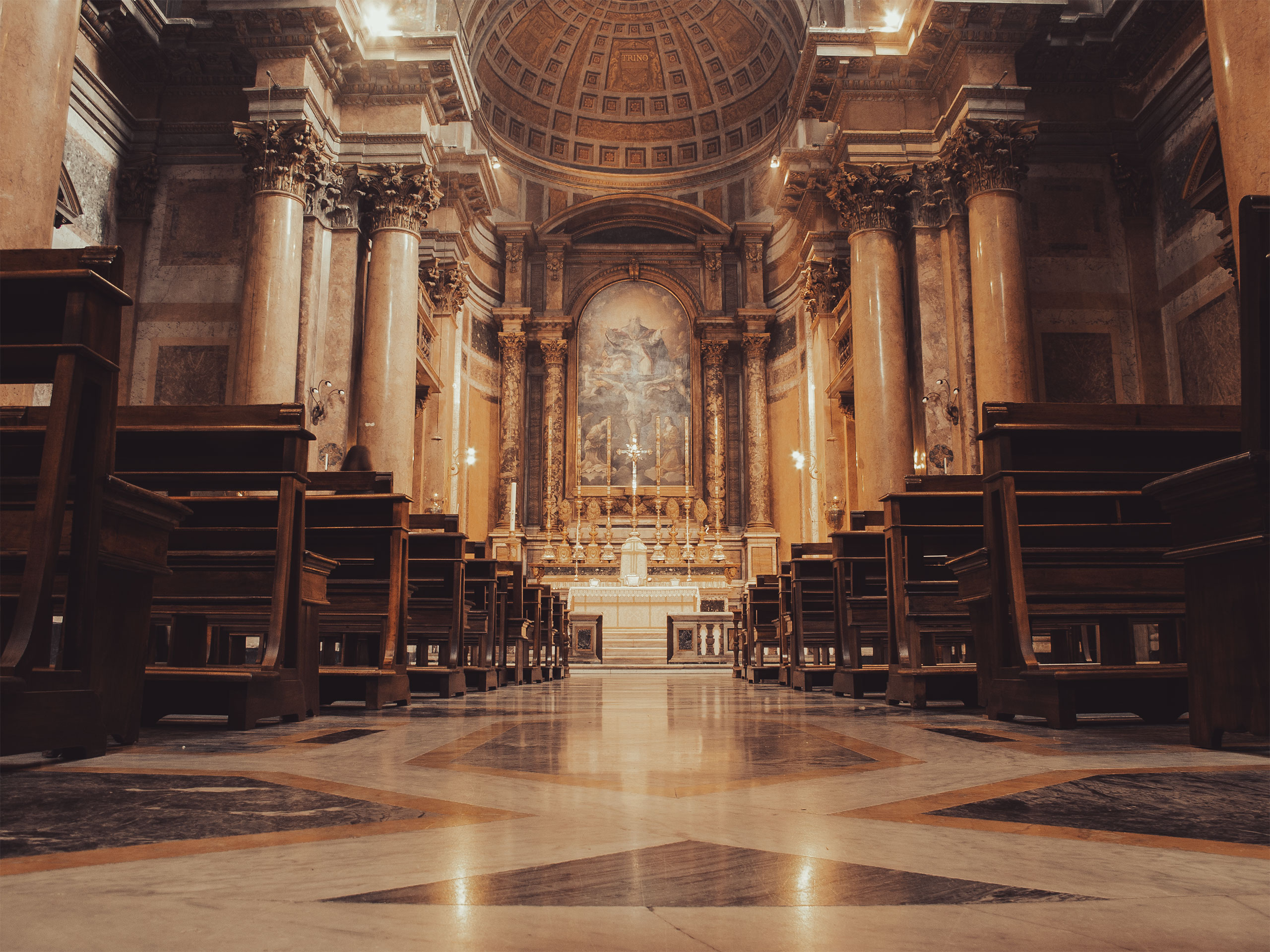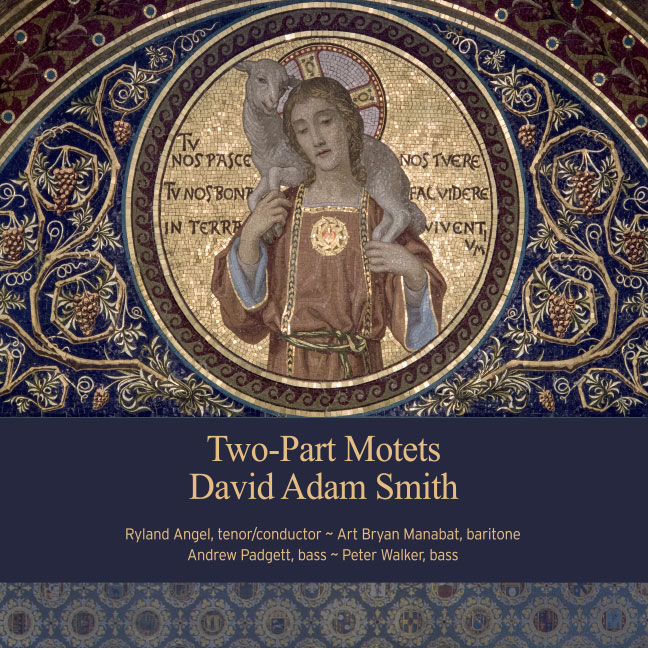“Cantare amantis est”: Singing as an Act of Love
“Cantare amantis est,” St. Augustine once observed—singing belongs to one who loves—and since the Eucharist is the supreme act of Christ’s love for us, it is only appropriate that we give thanks for this sublime act through song.
The Birth of Sacred Music in Ancient Rome
When the Church first arose amidst the artistic splendor of Ancient Rome, it cultivated a musical language that could support and elevate the action of the sacred liturgy. The great monophonic plainchant traditions that grew out of that era, such as Old Roman, Ambrosian, and especially Gregorian, laid the very foundations of Western music. To this very day, pupils of music history begin their studies with the liturgical chants of the Church.
Even as the musical tastes of each era continued to evolve in their own directions, Holy Mother Church lovingly kept up the practice of her most ancient musical forms, cherishing them as a living tradition into the present.
The Advent of Harmony: Organum and its Heavenly Sound
She also continued to explore new ways to musically adorn her most sacred liturgical act—particularly by the addition of harmony.
The first harmonic embellishments came with organum at the end of the first millennium, where additional voices were added to the simple chant melody, especially during important feast days that called for more splendid liturgies. Organum could take the form of drones, parallel melodic lines, or a mixture of the two—giving to the music of the High Middle Ages what we instantly recognize as its distinctive atmospheric and heavenly sound.
Music that Transports the Soul
As even more voices and more florid melodies stretched the limits of organum, John of Salisbury could write that, although such music could well excite improper emotions when used to excess, in proper moderation “it drives away care from the soul and the solicitudes of life, confers joy and peace and exultation in God, and transports the soul to the society of angels.”
Renaissance Polyphony: Beauty Through Complexity
Thus, more advanced polyphonic music started to develop during the Renaissance, with interweaving melodic lines that blended together into chords and larger chord progressions. During this period, as in previous ones, there were some who objected to the complexity of new styles of music as unbefitting the Mass—and a case was even made by some bishops to forbid polyphony altogether.
But that idea proved a step too far, and composers such as Palestrina ably demonstrated that the new styles could indeed enhance, rather than detract from, the text of the Mass. Thus, polyphonic compositions became an accepted and appreciated part of liturgical music.
Musical Evolution Since the Council of Trent
Since the Council of Trent, musical styles have continued to develop, and liturgical composers have continued to make use of them to varying degrees. Composers have even produced grandiose symphonic Mass settings as works of art in their own right, though not all of these are actually suited for liturgical use.
There has also been a flourishing of other styles that support the sacred actions, such as organ music, which in its own way complements the human voice and expresses itself in times of liturgical joy.
A Sacred Fidelity to Roots and Tradition
In her fidelity to her upbringing, and ever mindful of the Christ for Whom she sings, the Church never simply runs from artistic fad to fad or forgets her own roots. In his 1903 encyclical Tra le sollecitudini, Pope St. Pius X said that the more a style of music approaches plainchant in its movement and inspiration and savor, the more sacred and liturgical it becomes.
Thus, Mother Church always retains a love for and fidelity to the musical styles of her infancy and formative years: plainchant, organum, and polyphony. Even hundreds of years after these styles have passed into obscurity in the fleeting world, the ancient styles are still being heard and even composed in Mass settings to this very day.
Modern Composers Continuing the Legacy
Keenly aware of their beauty and sacred value, modern composers like David Adam Smith still write in the styles of Gregorian chant and polyphony—thus continuing a legacy that stretches back centuries to the very dawn of musical history.
An Invitation to Sacred Beauty
Join us in our appreciation of this beautiful sacred tradition, ever ancient and ever new, that continues to inspire composers to give glory to Almighty God through the human voice and the instruments of human hands.


